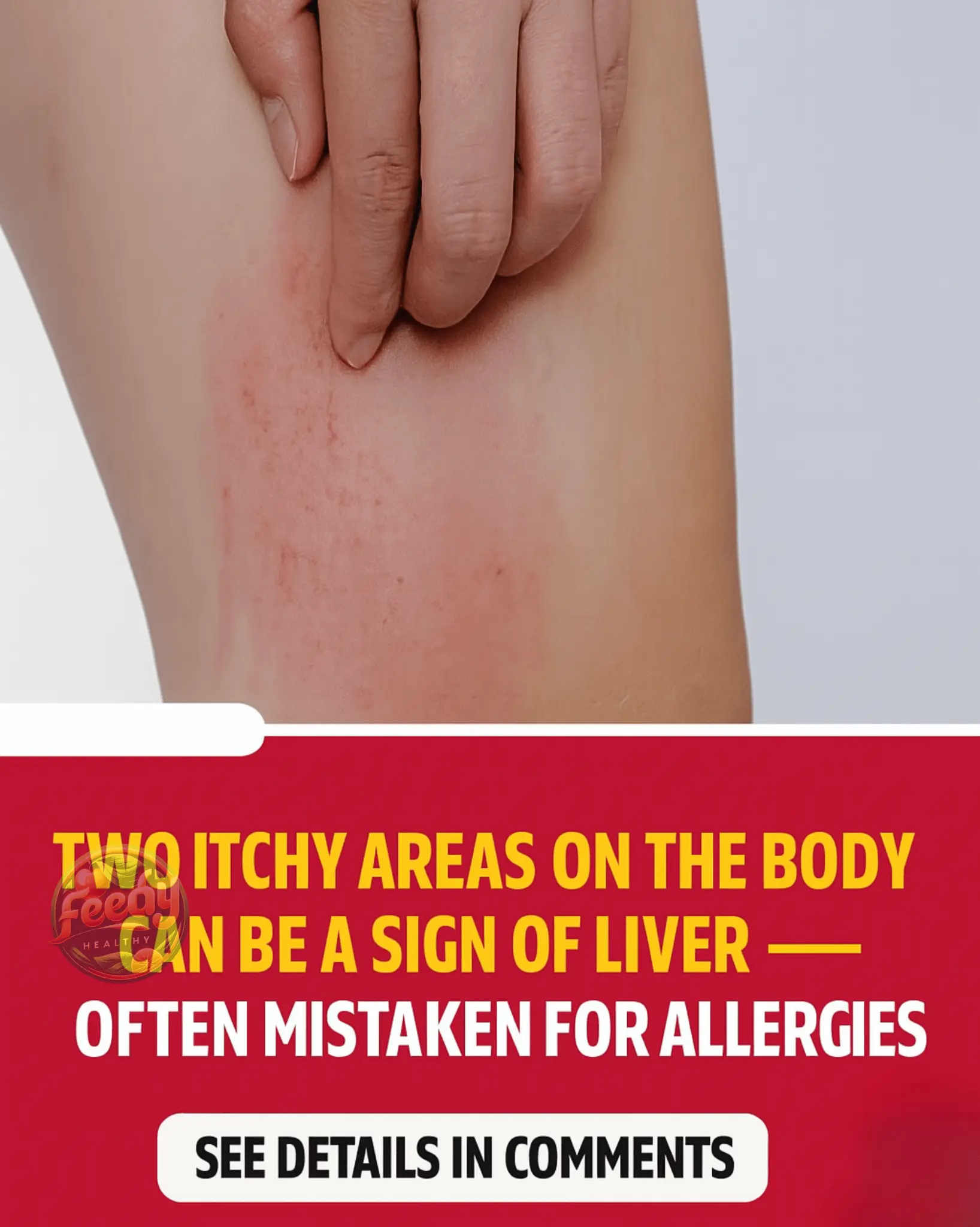
Why Is Liver Cancer Often Detected Late? Note: If You Notice 2 Odors, 2 Itches, and 2 Red Areas, Get Screened Early
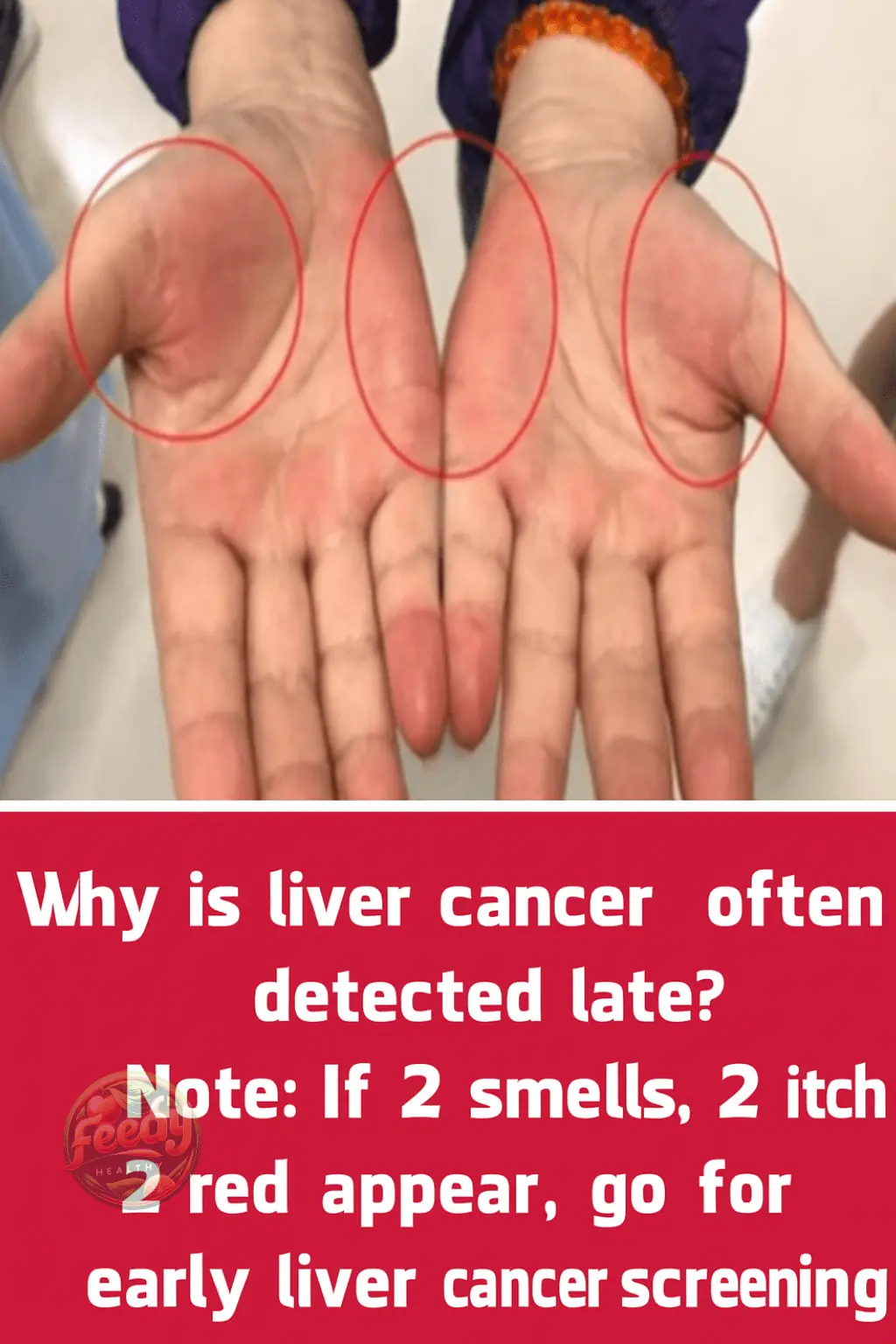
In recent years, the number of people suffering from liver diseases has increased, and the incidence of liver cancer remains high. A strange phenomenon is that liver cancer is often detected only at an advanced stage. Why does this happen? Early awareness brings early benefits.
5 Harmful Habits That Can Lead to Liver Cancer
1. Long-term Alcohol Consumption
The liver is the main organ responsible for metabolizing alcohol. Prolonged drinking or heavy alcohol intake over a short period puts excessive metabolic pressure on the liver. Chronic overload can lead to inflammation and significantly increase the risk of liver cancer.
2. Frequent Late Nights and Sleep Deprivation
In modern society, staying up late is common due to stress and entertainment. Without improvement, this lifestyle can damage the liver. While sleeping, the liver undergoes repair. Regular sleep deprivation disrupts this, leading to overload and long-term damage.
3. Preference for Fried Foods
Eating fried foods can disrupt lipid balance and increase body fat. These excess fats stress the liver and impair its detoxification functions, creating a favorable condition for liver cancer.
4. Consumption of Moldy Foods Contaminated with Aflatoxins
In areas where aflatoxin B1 contamination is high, liver cancer rates are also higher. Aflatoxins thrive in warm, humid environments. Eating moldy grains in the summer can expose you to these toxins, significantly increasing liver cancer risk.
5. Irregular Use of Medications
Some people self-medicate or use supplements excessively. Many drugs have side effects that can harm the liver. Random or prolonged use without medical supervision may impair liver function.
Why Is Liver Cancer Often Detected Late?
1. Symptoms Are Vague
Early-stage liver cancer often presents mild or no symptoms. By the time clear symptoms appear, the disease may already be advanced.
2. The Liver Has High Metabolic Capacity
The liver can still function normally even if 10%-20% of its tissue is damaged. This means many people, especially those over 40 or with hepatitis B or C, may not notice symptoms until the disease has progressed. Regular checkups are essential.
3. Poor Awareness About Health Screenings
Many people do not take annual health checkups seriously or only opt for minimal tests. Early detection of liver cancer often relies on a combination of liver Doppler ultrasound and alpha-fetoprotein (AFP) blood tests. These are simple and affordable but underutilized.
In summary, early-stage liver cancer has a much better treatment outcome. The key lies in having thorough annual health screenings.
Doctor’s Reminder: If You Have “2 Odors, 2 Itches, and 2 Red Areas,” Get a Liver CT Scan Promptly
2 Odors:
1. Bad Breath
While many assume bad breath is an oral issue, it may signal liver problems. A liver tumor can impair methionine breakdown, producing excessive ammonia and methyl mercaptan, leading to breath that smells like rotten eggs or has a fishy odor.
2. Body Odor
Liver cancer may slow metabolism, preventing toxins from being properly eliminated. As waste builds up, the body excretes it through the skin, causing noticeable body odor. Persistent or unexplained body odor should not be ignored.
2 Itches:
1. Itchy Eyes
Chronic eye dryness and itchiness can indicate liver issues. The liver nourishes the eyes with blood. When liver function declines, insufficient blood reaches the eyes, causing discomfort.
2. Itchy Skin
Itching can occur for various reasons, like dry skin or allergies. But if itching is persistent and doesn't improve with treatment—and allergies or diabetes are ruled out—it may be due to liver dysfunction. Elevated bilirubin levels from poor liver metabolism can cause jaundice and intense itching, often signaling liver cancer.
2 Red Areas:
1. Red Spots on the Chest
These may be spider angiomas (spider nevi), often indicating severe liver damage. Studies show up to 85% of male liver cancer patients present with these symptoms. Spider angiomas are common in late-stage liver cancer.
2. Red Patches on the Palms
Pink or red blotches on the palms that turn pale when pressed and return to red may indicate “liver palms.” This happens when liver damage leads to excess estrogen, causing blood vessels to dilate and redden. This is a clear sign to check liver function immediately.
Conclusion
For high-risk individuals—especially those with hepatitis B—unusual symptoms such as odors, itching, or red patches must be taken seriously. Early detection through hospital screenings is vital.
To truly “protect your liver,” modern medicine offers no miracle cure. Prevention includes avoiding smoking and alcohol, maintaining a healthy diet, getting enough rest, exercising moderately, and scheduling regular health checkups.
News in the same category


Say Goodbye to Anemia, Blurry Vision, and Fatty Liver with This Natural Drink

The 4 Golden Hours to Drink Coffee for Maximum Health Benefits: Detox Your Liver and Boost Digestion

8 Foods That Are Natural Enemies of Tumors – Make Them Part of Your Regular Diet
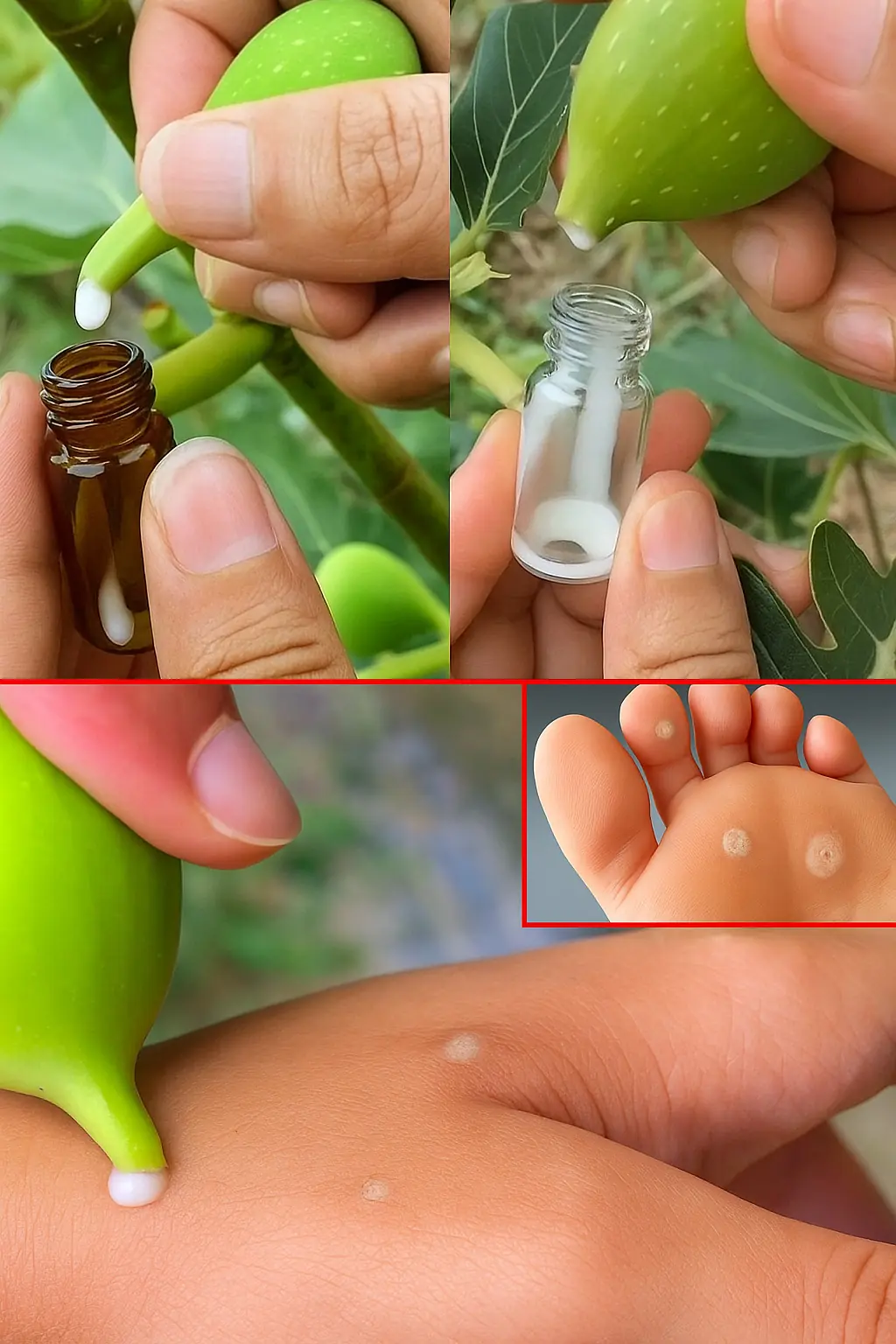
Fig Sap: Nature’s Quiet Remedy for Skin, Digestion & Everyday Wellness

A 14-Year-Old Girl Diagnosed with Bowel Cancer Due to Her Mother's Busy Schedule: A Wake-Up Call About 5 Foods Children Should Never Eat for Breakfast
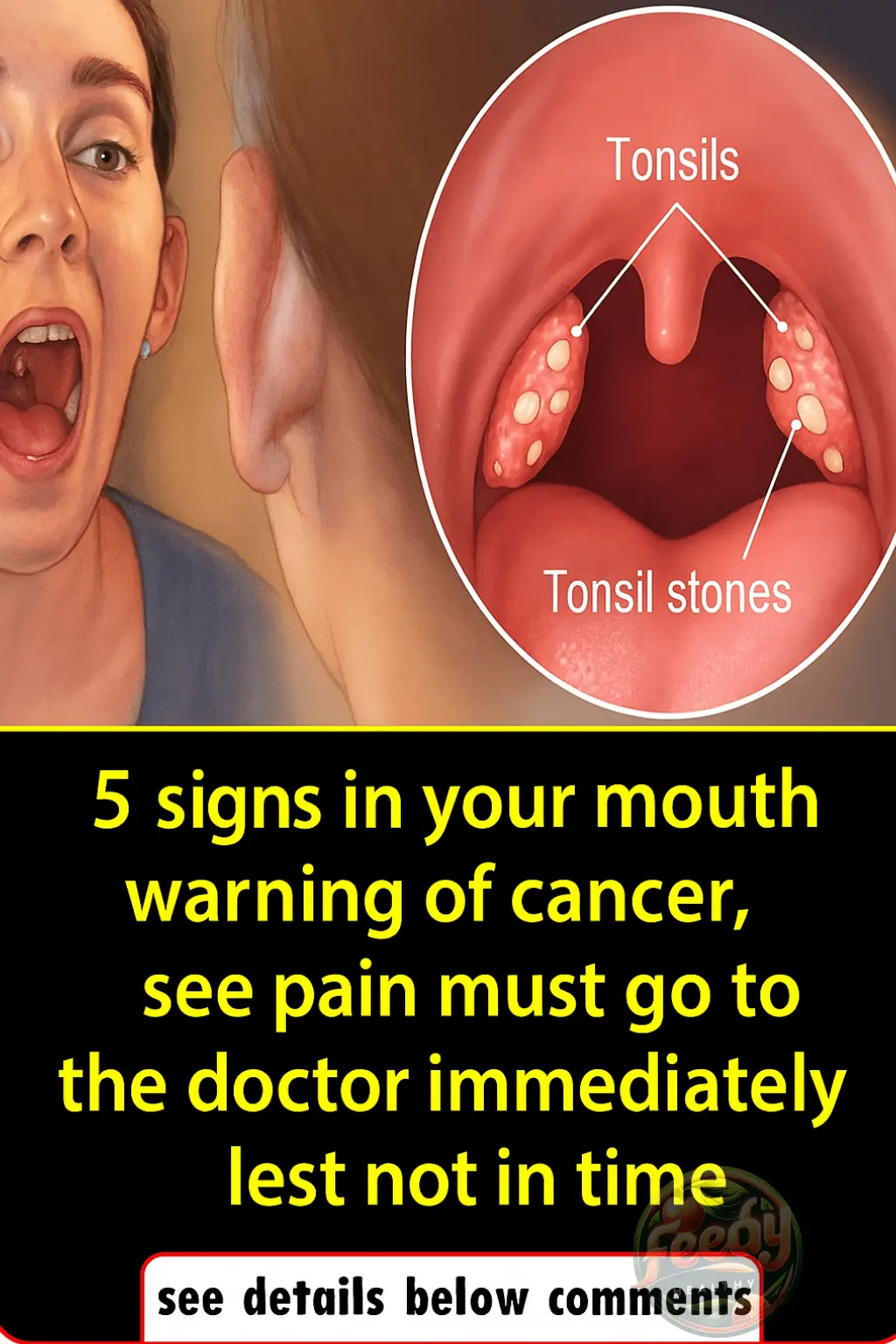
5 Mouth Symptoms That Could Signal Cancer – Don’t Ignore the Pain

Stage 4 cancer patient warns overlooked minor signs can mask a fatal disease

6 Types of Pain That May Signal Early-Stage Cancer: Don’t Ignore These Symptoms Before It Spreads
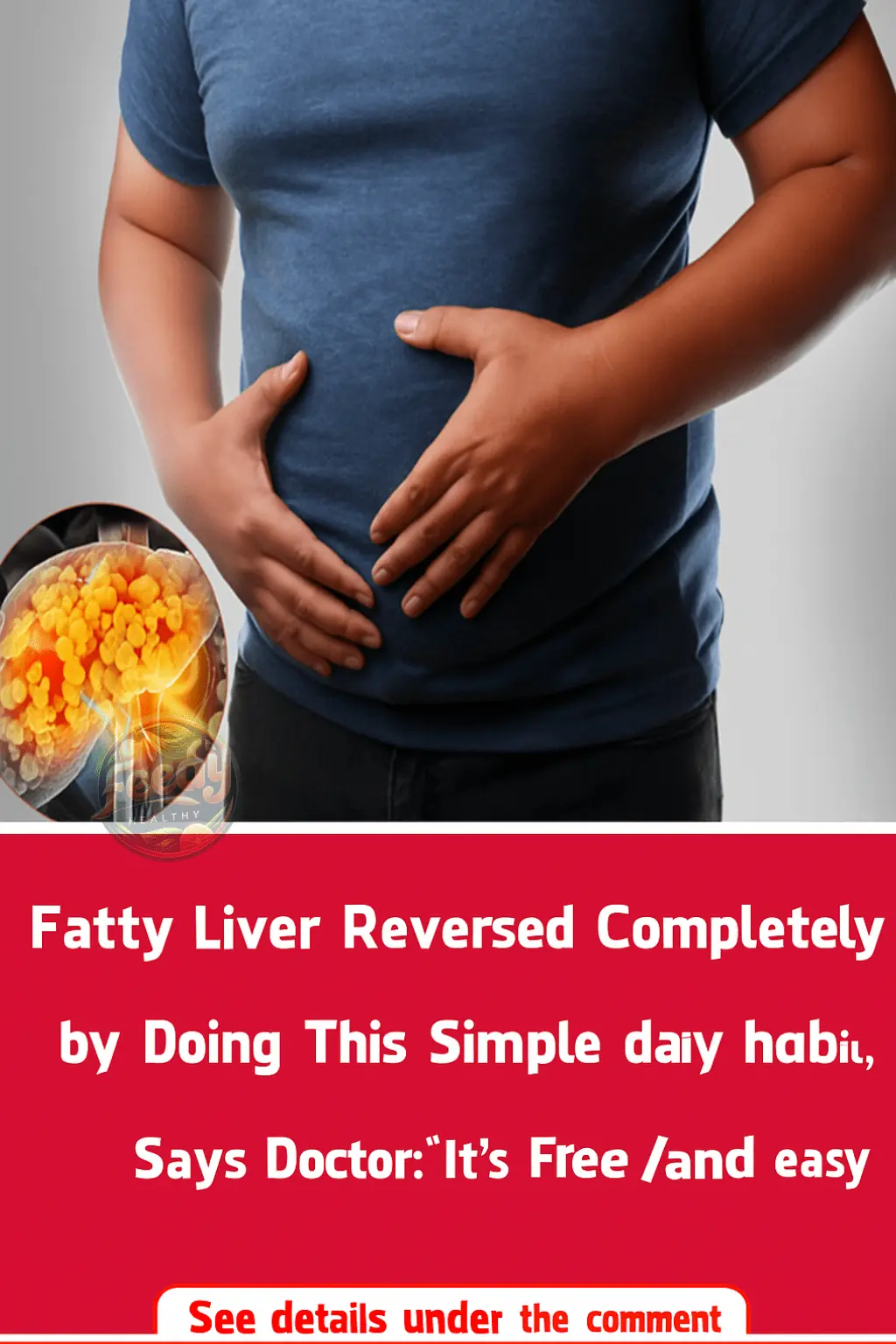
Fatty Liver Reversed Completely by Doing This Simple Daily Habit, Says Doctor: “It’s Free and Easy”
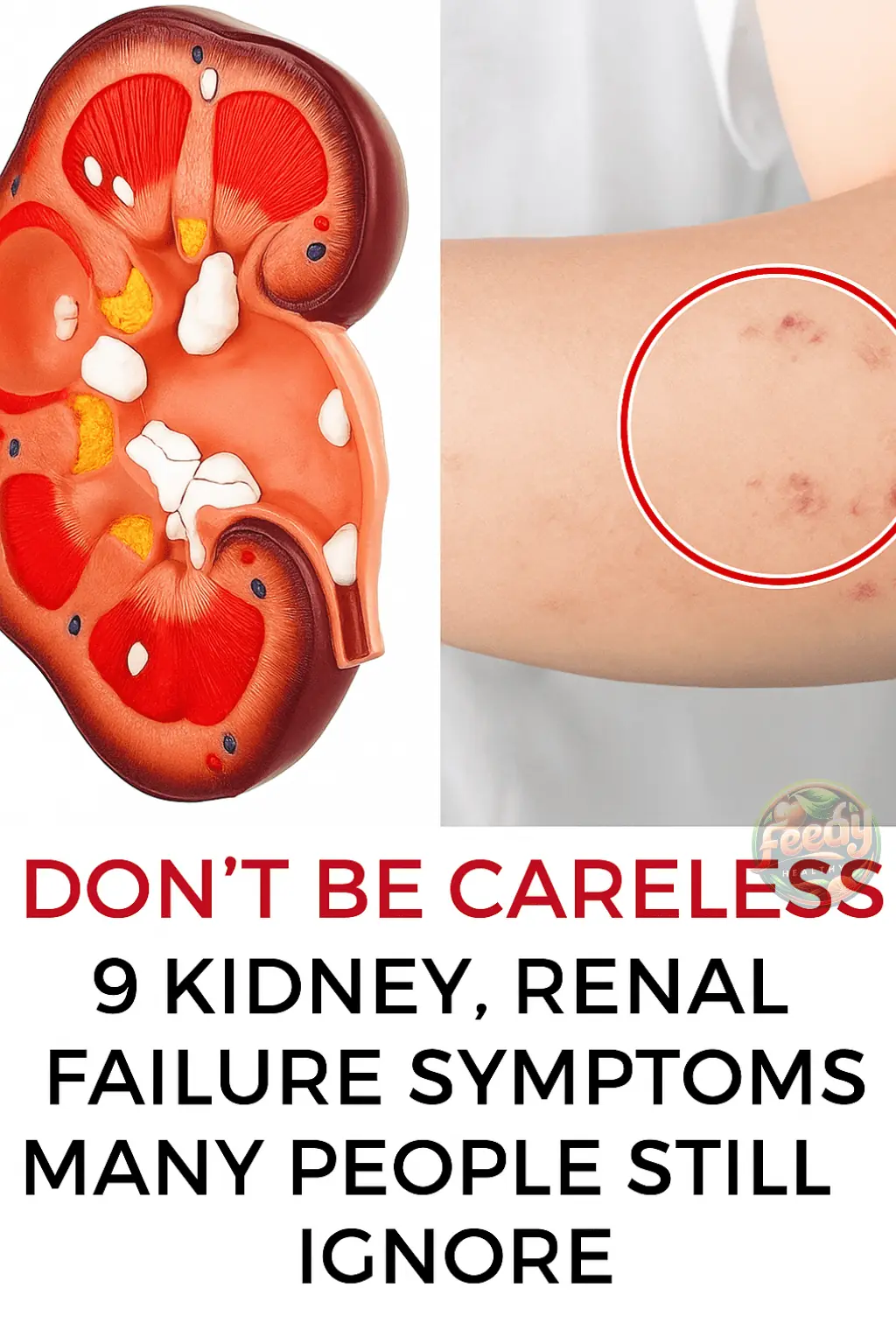
9 Symptoms of Kidney Disease and Kidney Failure Everyone Should Know

Doctor Warns: Common "Money-Saving" Habits May Lead to Cancer – A Family of Three Diagnosed
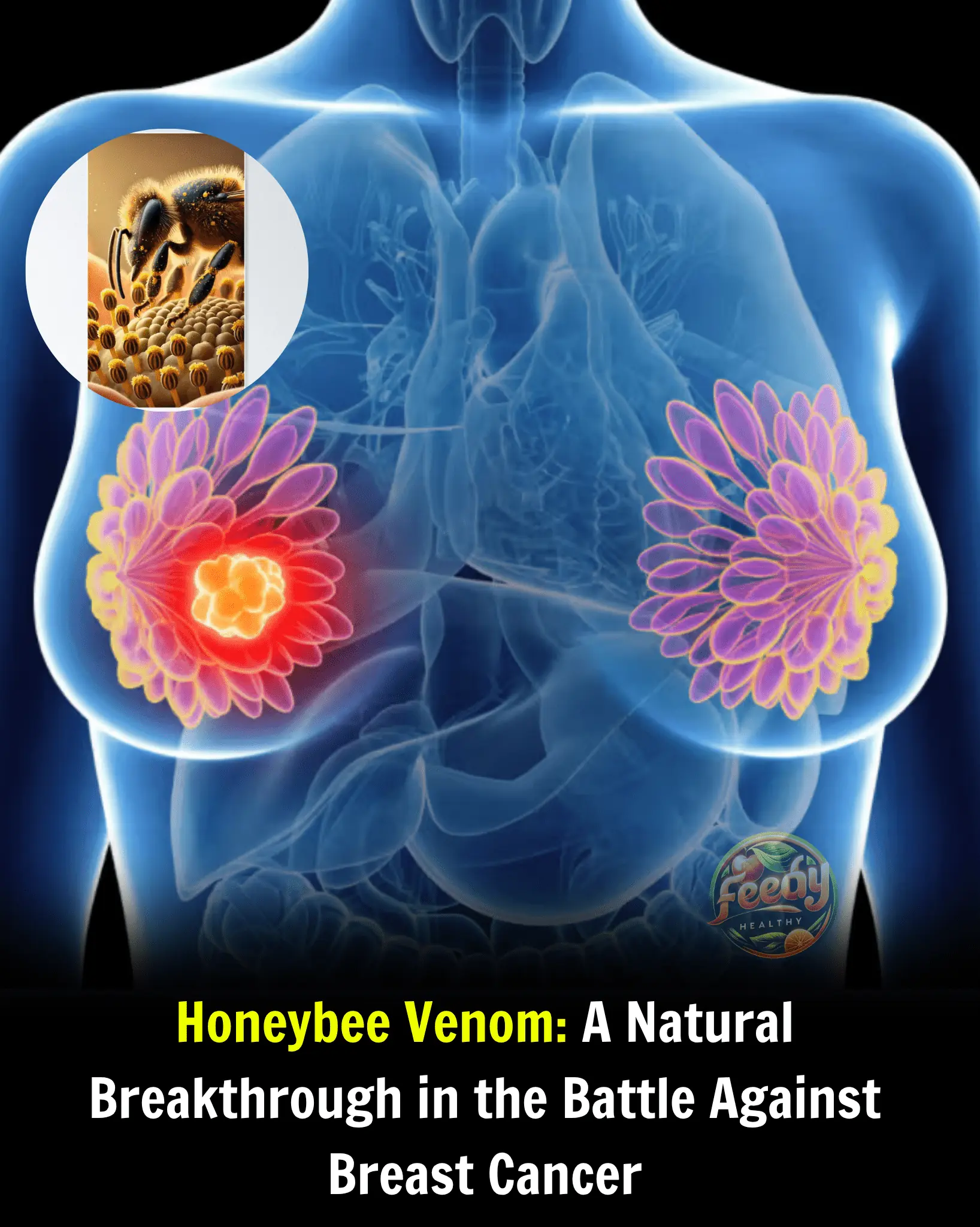
Honeybee Venom: A Natural Breakthrough in the Battle Against Breast Cancer

5 Concerning Symptoms During Sleep That May Signal an Impending Stroke
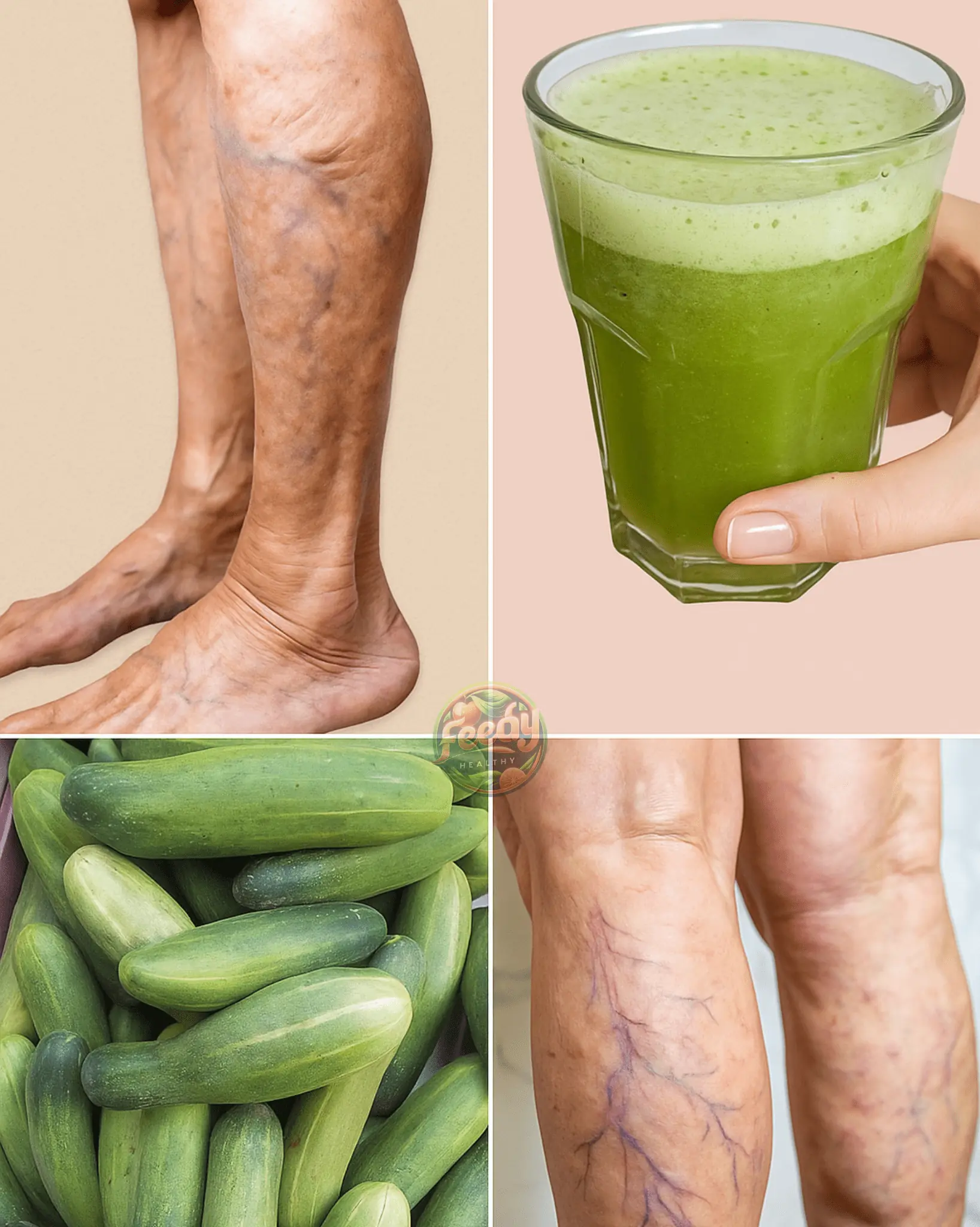
Do You Eat Cucumber? Few Know It Helps With THIS – Incredible Benefits of Eating Cucumber for Varicose Veins

DIY Flaxseed Gel Ice cubes for Clear Skin & Large Pores
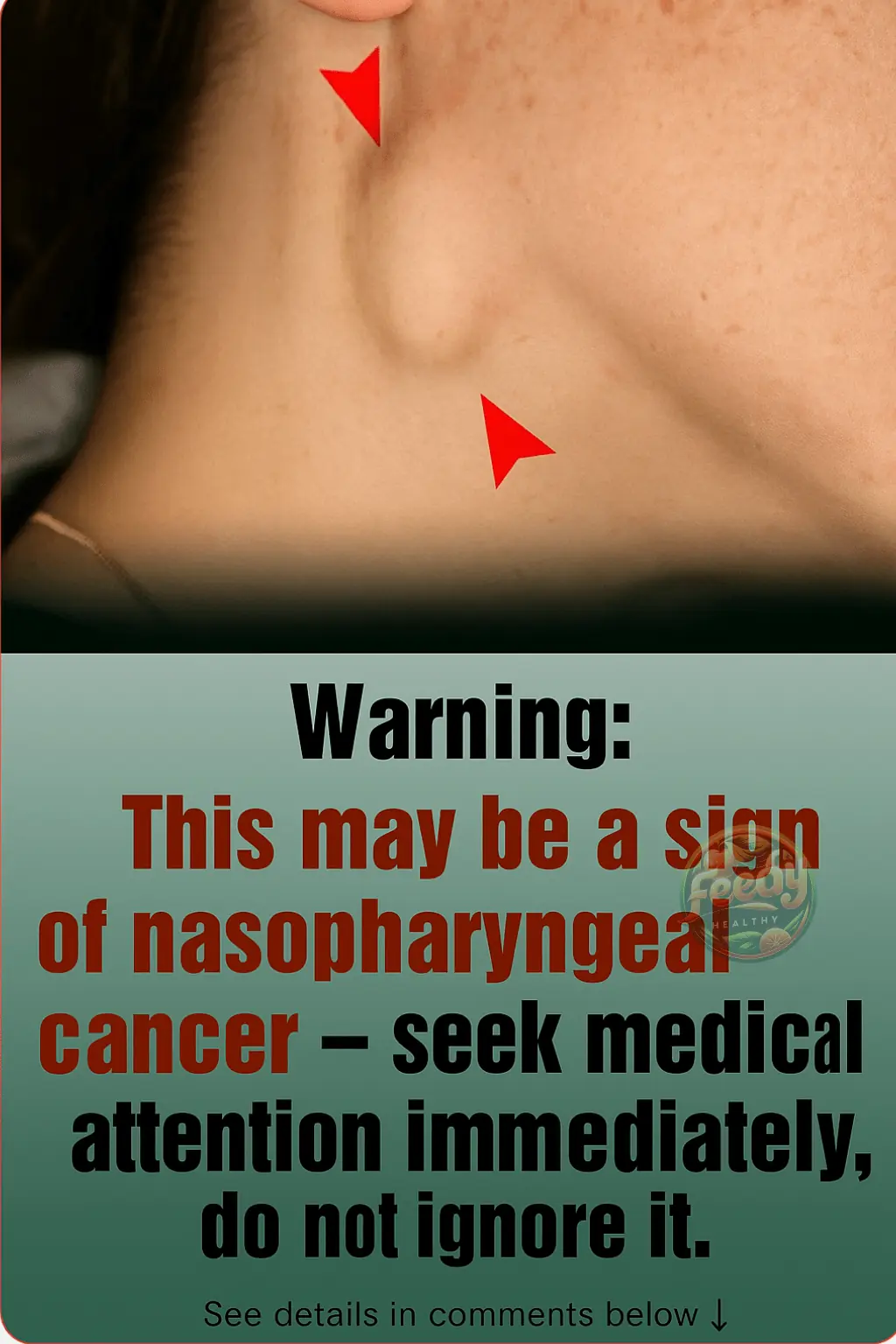
Early Warning Signs That May Indicate Advanced Nasopharyngeal Cancer

Graviola Leaf: A Traditional Remedy with Promising Potential in Cancer Research

How Banana Blossom Can Boost Your Health: Nutritional Benefits and Delicious Recipes
News Post
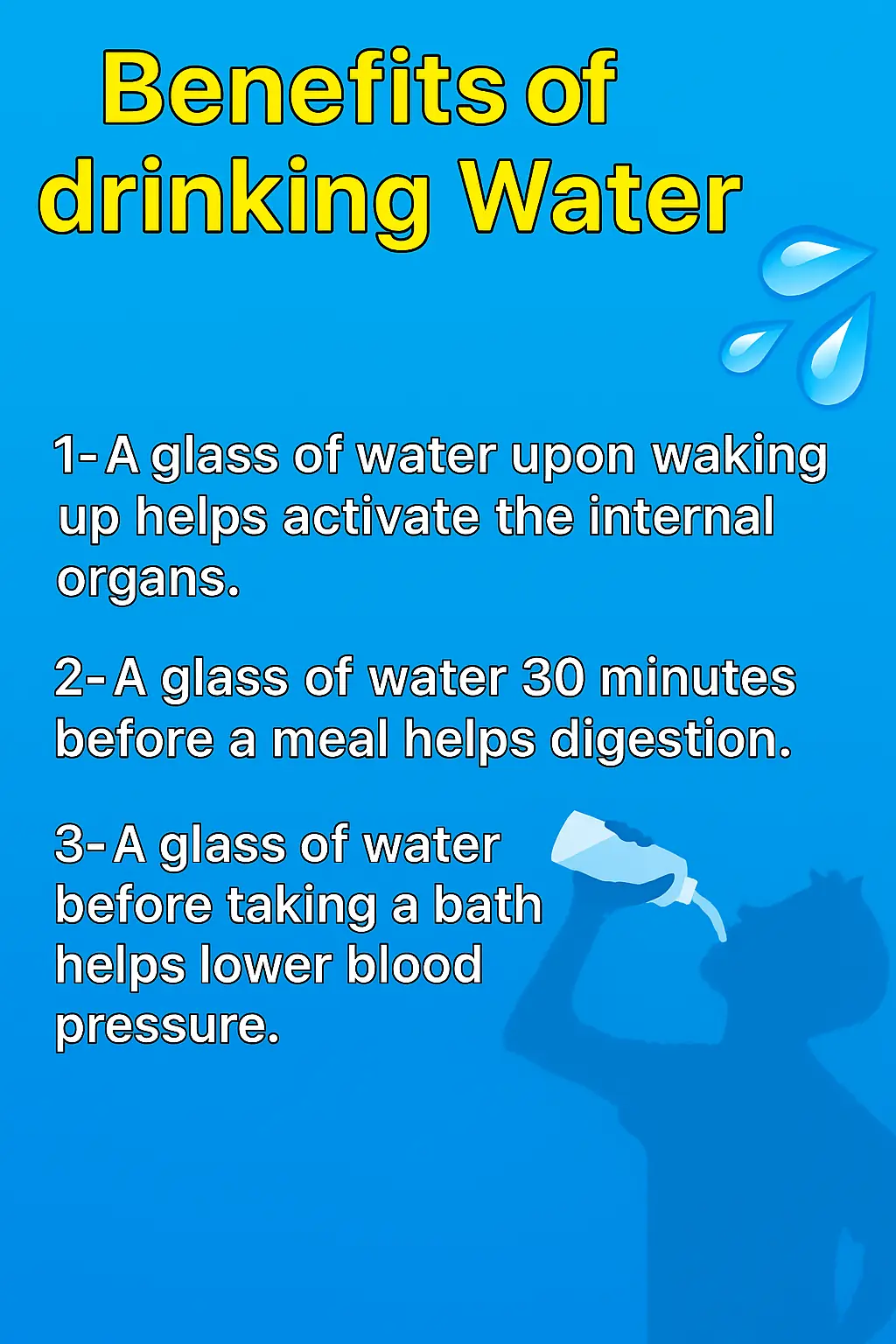
Drinking Water: Detailed Health Benefits

The Natural Drink That Fights Diabetes, High Blood Pressure, Fatty Liver, Cancer, and Heart Attacks

Australian couple with dwarfism have three children against all odds

Homemade Anti-Wrinkle Cream with Nivea, Coconut Oil & Cornstarch

Restaurant prepares free meal to every stray dog who visits

My aunt May swears by this!
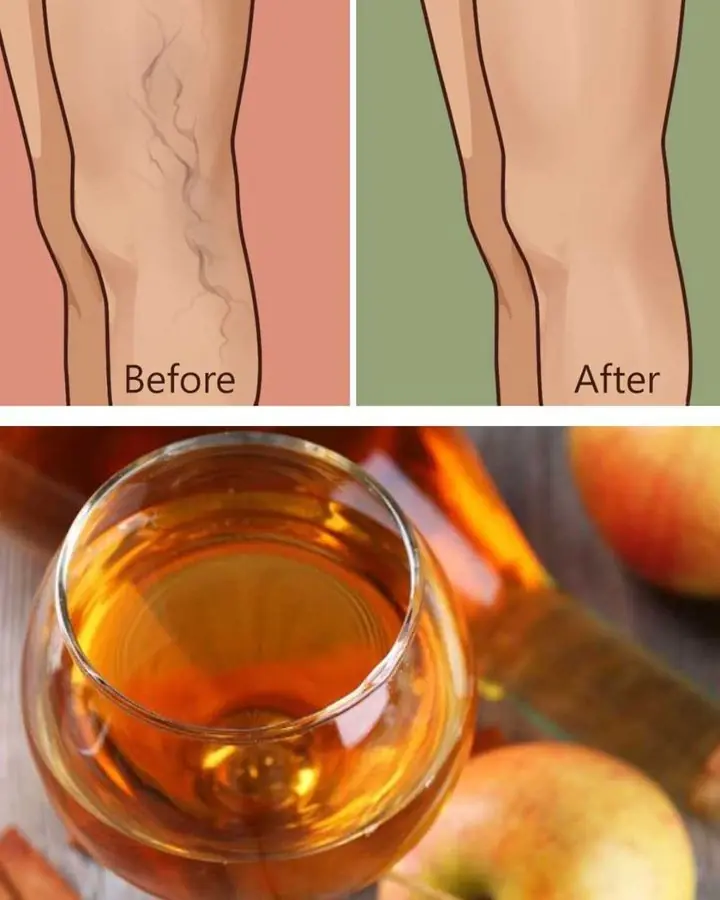
Nana passed down these recipes to remove varicose veins
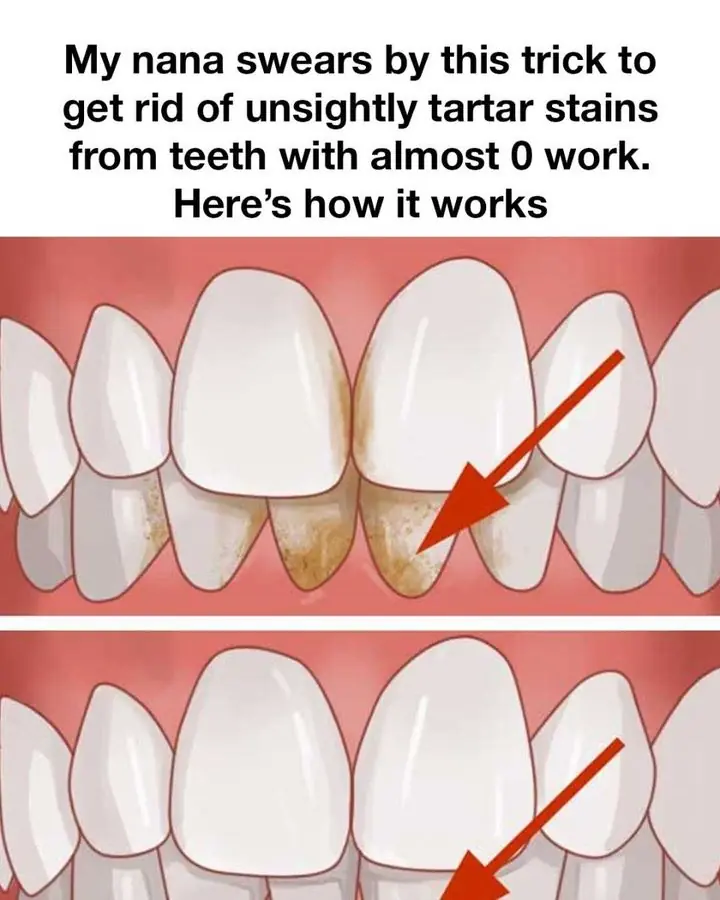
I love the first method!

So good to know!

Great, now I have to toss it out
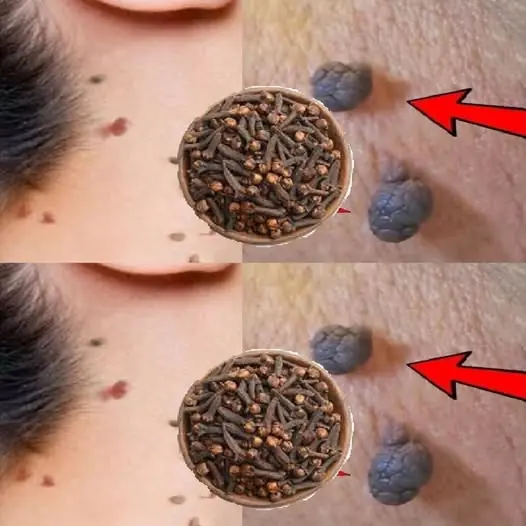
Cloves: A Natural Remedy for Skin Tags and Warts

Revitalize Your Hair with Ginger: The Secret to Youthful, Rapid Growth

This Is the Chinese Drink That Cures Cancer, Diabetes, High Blood Pressure, and Poor Circulation Without the Need for So Many Pills

NIAGARA FALLS TURNS RED BLOOD FOR 10 MINUTES VISITORS STUNS

Natural Remedy to Cleanse the Kidneys, Prostate, and Detox Your Body

Two Itchy Areas on the Body Could Be a Sign of Liver Cancer—Often Mistaken for Allergies

Say Goodbye to Anemia, Blurry Vision, and Fatty Liver with This Natural Drink

The 4 Golden Hours to Drink Coffee for Maximum Health Benefits: Detox Your Liver and Boost Digestion
